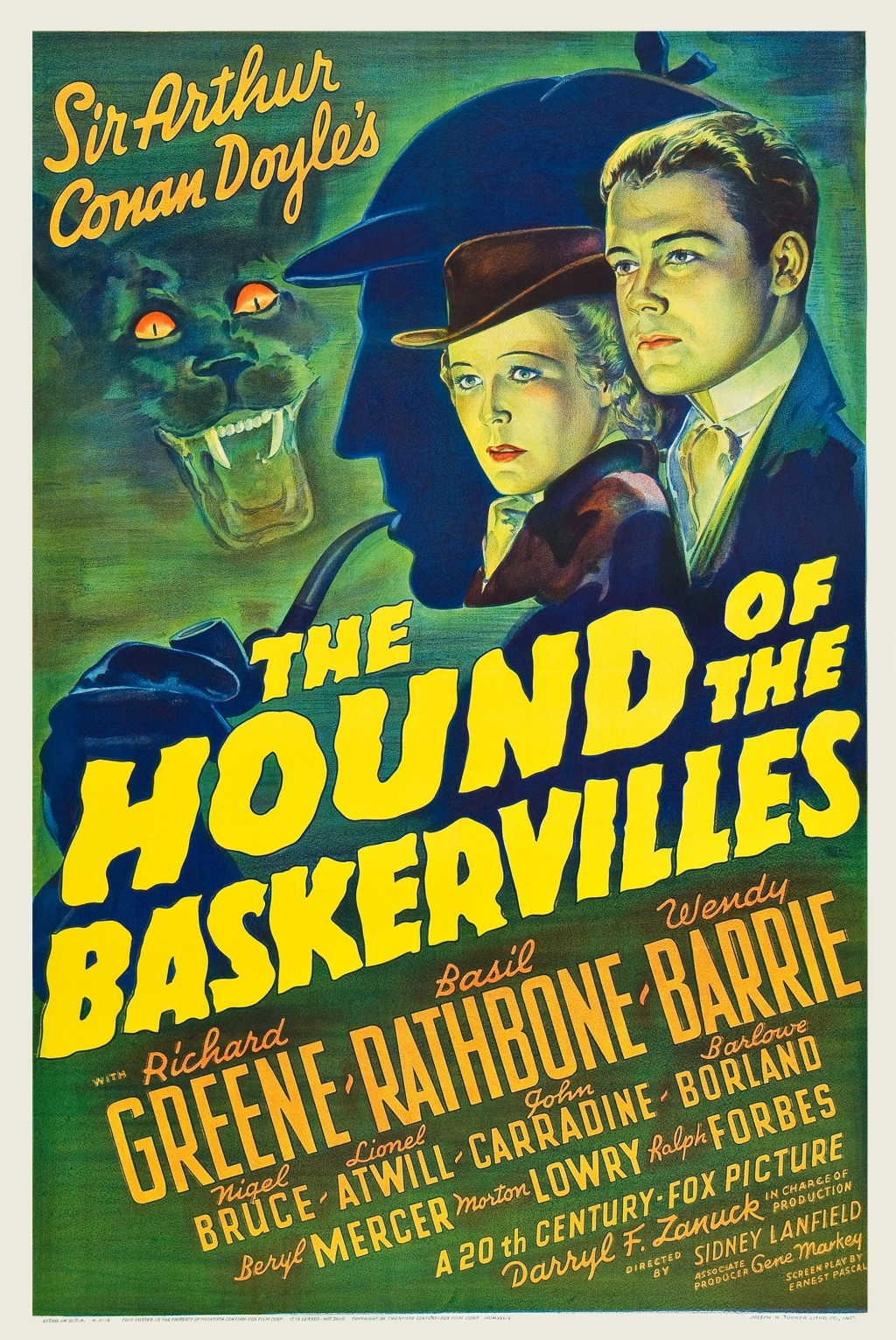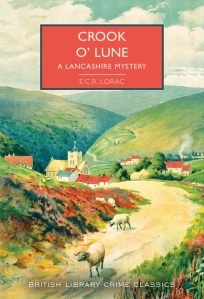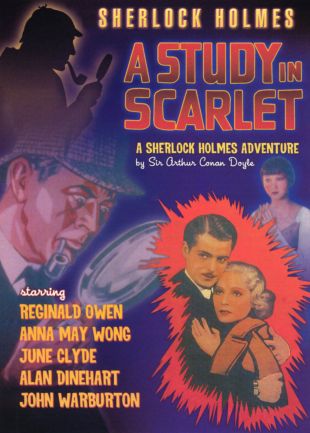
Originally published in 1983
Annabel Lee is the love of Dudley Potter’s life, until he discovers the haunting echoes of her namesake.
Unlucky in love and estranged from his family, Professor Dudley Potter’s only desire is to withdraw into the secure realm of seventeenth-century poetry. But his unexpected, passionate love for a woman named Annabel Lee changes all that: her sudden disappearance and his obsession with finding her again shatter his sheltered world.
I am not reproducing the remainder of the blurb from this edition as it spoils essentially every plot development in the novel except the reason for that disappearance.
Notes
In literal truth each of us has only one life to live, one death to die, yet there is a sense in which it could be said that Annabel Lee died twice.
It can be useful to know before starting this book that Annabel Lee was the name of the last poem completed by Edgar Allan Poe. This is discussed within the novel and my copy (the 1984 Penguin) quotes much of the poem – enough to get the gist of it and recognize the parallels with this story – on the page before the table of contents. If yours doesn’t, the poem can be found online quite easily such as on the Poetry Foundation website.
Dudley Potter is a British academic who is a professor of poetry at Graham, a private college a short drive from New York City. The sort of place that the East Coast elite send their children to if they fail to get into an Ivy League school. His passion is for the Caroline poets (a period that spans the rule of King Charles I and the English Civil War) but as those classes are not popular he has to supplement them with courses on Poe and Whitman. He lives alone in temporary accomodation on campus, though he has been teaching there for fifteen years, and seems fairly comfortable until he happens to meet Annabel Lee.
It happens during an avant garde theatrical experience Dudley is pressured into attending where he is forced up onto stage to be an unwilling audience participant. He feels deeply embarrassed by the whole thing but notices Annabel who introduces herself to him later. Though she is much younger than him she expresses her interest in him and she quickly ends up moving in with him. It is a passionate affair that seems to bring Dudley to life and certainly brings him much happiness so he is shocked when she suddenly departs leaving just a brief note. Unable to understand her sudden change of heart he follows her to England where his investigation brings him into contact with a number of people from his own past…
The Name of Annabel Lee is a curious book from the latter part of Julian Symons’ career. While the story is centered around Potter’s search and has mysterious elements, I question whether this is really an example of ‘the pure British cerebral mystery’. Instead I was reminded more of Antonioni’s film Blow-Up in that while a mysterious event prompts a journey, the focus is on the experiences our protagonist has while on their search and its commentary on the state of academia and contemporary British society rather than the outcome of that investigation.
Let’s start with the positives though. Symons writes his story quite economically, introducing us to Potter and depicting the entire life of his short romance with Lee in just twenty-six pages. It is enough time to allow us to know the characters and understand the change she brings in his life, helping us understand why he would pursue her at risk to his own career, and given that Lee’s background and thoughts are kept from the reader there would have been little gained by stretching this out further.
I also think there is some value to the social and artistic commentary that is layered throughout the novel. The artistic commentary feels a little heavy-handed and reactionary to me though perhaps that reflects that I have encountered many other ‘humorous’ takes on modernism. I recognize that such material may have felt rather fresher in 1983 and will have more appeal to those that agree with its viewpoint on the pretentiousness of modern artists.
I was more interested in the novel’s social commentary. Symons’ decision to show Britain and the way society had been changing through the eyes of an ex-pat returning is a clever one as it allows him to draw a contrast between the Britain Dudley left in 1968 and the country he returns to. That commentary is sometimes heavy handed and coarse but it also can be quite interesting, such as when Symons has Dudley encounter some members of the National Front, the far-right political group that had been on the rise in Britain throughout the previous decade.
There is also plenty of discussion of the economic and social anxieties of the middle classes with characters repeatedly referencing being ‘over-extended’ and its depiction of dysfunctional families. Symons presents a provocative image of a dysfunctional if not broken Britain. It’s not always comfortable reading and it is interesting for its attempt at realism, even if it doesn’t always achieve it.
I am less impressed with it as a piece of mystery writing, in part because there is not much sense of discovery during that journey. Much like Blow-Up, there is a sense that Dudley really fails to discover much of anything. He asks questions, visits locations and gets into trouble but much of that feels incidental. Certainly I think it would be fair to say that Symons often loses focus of the reason for that journey. Even when things tighten up towards the end of the novel as we near the point of resolution, the social concerns still seem to overshadow the mystery.
I also felt that the Poe parallels came off as self-conscious rather than adding any additional insight. A quirk that only makes the concept feel more artificial, seemingly contradicting the attempts at creating a realistic tone throughout the rest of the novel.
As for the explanation – it’s fine enough though perhaps less surprising than the author intended it to be. That is not so much because of the clues Symons lays as the structure and the development of the novel’s themes proving suggestive. I think another aspect of the conclusion adds more interest and goes some way toward paying off the promise of the book’s rather striking opening (quoted at the start of this post).
It is not enough though for me to recommend this as a starting point for Symons. In my fairly limited reading of the author so far I would regard this as a distinctly lesser work. Instead I would suggest that The Colour of Murder or The Man Who Killed Himself are much more accomplished and interesting reads.
The Verdict: More interesting for its reflections on the Britain and America of its time than as a mystery.
Further Reading
Martin Edwards featured this book as one of his Forgotten Books series. He likes it a little more than I did, though he suggests that the depiction of Yorkshire is ‘less convincing than the rest of the book’.
If you are desperate to read a work of mystery inspired by Poe’s The Name of Annabel Lee, let me recommend the short story Pale Passion by Satō Haruo, translated and collected in Old Crimes, New Scenes: A Century of Innovations in Japanese Mystery Fiction.




Leave a comment